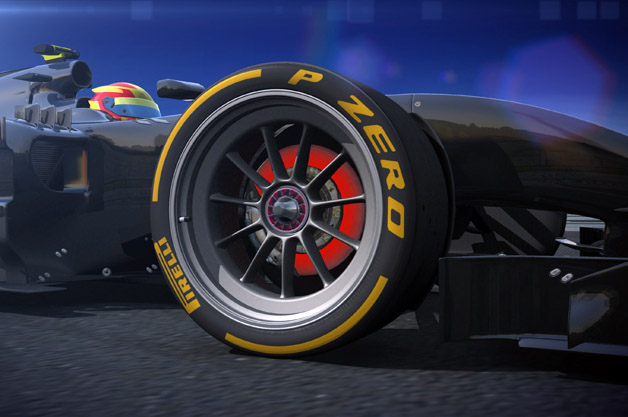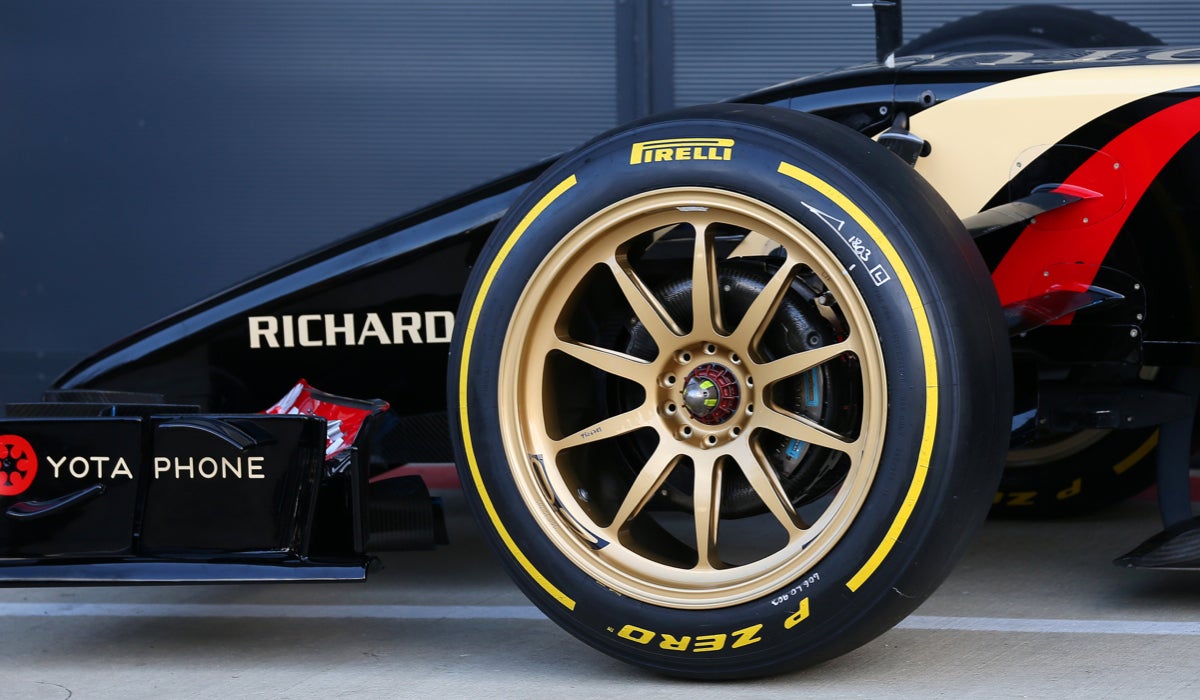http://www.autoblog.com/2014/07/09/p...la-one-wheels/
Pirelli's proposed solution is what you see pictured here. It wants to increase the wheel size to 18 inches and fit lower-profile tires to them in order to make them more relevant to road car tires, while also increasing sidewall rigidity to the betterment of handling – even if that would decrease the size of Pirelli's branding.
Of course, doing so would require a vastly different suspension setup if not an entire redesign, since the engineers take the sidewall compliance into account when designing the cars. But Pirelli is proposing the idea to the teams just the same, and will test the idea using a Lotus F1 car at the upcoming mid-season test at Silverstone. Watch the video animation below to see what Pirelli has in mind.





 Reply With Quote
Reply With Quote






